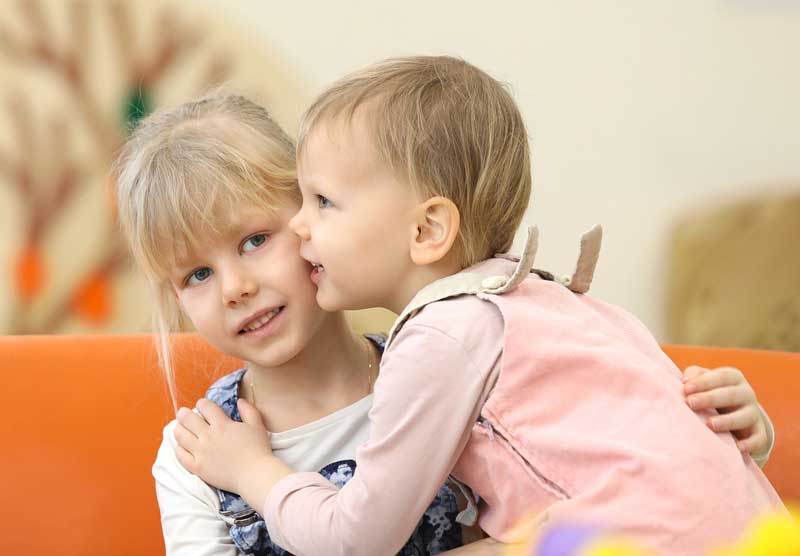How to kiss someone for the first time act of parents kissing their children on the lips is a deeply rooted practice that varies across cultures and families. This seemingly innocent gesture has generated discussions and debates, as people have differing opinions on its appropriateness and implications. This article delves into the reasons behind this practice, examining its cultural, psychological, and emotional dimensions.
How To Kiss Someone For The First Time
- Cultural Influences on Parent-Child Affection
- Psychological and Emotional Significance
- Age and Developmental Stages
- Controversies
- Navigating Individual Preferences
- Influence of Media and Society
Cultural Influences on Parent-Child Affection
One of the primary factors contributing to parents kissing their children on the lips is cultural influence. Different societies possess distinct norms and traditions regarding physical expressions of affection. In some cultures, kissing on the lips is considered a natural and genuine way to show love and closeness within a family. These practices are often passed down through generations, shaping the way parents and children interact. For more informative blogs visit dramy bazz
In certain regions, such as parts of Europe and South America, lip kissing among family members is commonplace. It’s essential to understand that cultural contexts greatly influence our perceptions of appropriate feel touch, and this extends to child relationships.
Psychological and Emotional Significance
From a psychological standpoint, parent-child lip kissing can have various meanings. For young children, the act can symbolize comfort, security, and emotional bonding. Psychologists suggest that such expressions of affection during early developmental stages contribute to a child’s sense of safety and self-esteem. These interactions can foster a strong attachment between parent and child, which is crucial for healthy emotional development.
Furthermore, kissing you on the liping can serve as a nonverbal way of communicating affection and unconditional love. How to kiss someone for the first time learn through imitation, and by observing their parents’ behaviors, they internalize lessons about love, care, and nurturing.
Age and Developmental Stages
As children grow older, the practice of lip kissing may evolve or fade away. Adolescence is a time of increased self-awareness and identity formation, during which physical boundaries may change. Some adolescents may begin to feel uncomfortable with lip kissing due to newfound feelings of independence, personal space, or societal influences. At this stage, parents should be attuned to How to kiss someone for the first time children’s preferences and adapt their expressions of affection accordingly.
Controversies
The act of parents kissing children on the lips has sparked debates regarding appropriate boundaries and potential implications. Critics argue that the practice blurs the lines to familial affection and romantic behavior, potentially confusing children about appropriate physical interactions. This perspective highlights the importance of open communication within families, ensuring that children understand the nuances of different types of affectionate behaviors.
Navigating Individual Preferences
Ultimately, the decision to engage in lip kissing within a family should be guided by individual preferences and comfort levels. Every family unit is unique, and what works for one might not work for another. Parents should be sensitive to their children’s responses and adjust their behaviors accordingly. Respect for personal boundaries is vital, and open dialogues about affection and comfort can contribute to a healthier understanding of physical interactions.
Influence of Media and Society
Media portrayal of family dynamics and societal norms can influence perceptions of parent-child relationships. Images in movies, TV shows, and advertisements often shape our expectations of how families should interact. In this context, it’s crucial to recognize that media representations may not accurately reflect the diverse range of family practices across cultures and communities.
Conclusion
The act of parents kissing their children on the lips is a complex and multifaceted practice influenced by culture, psychology, and individual preferences. How to kiss someone for the first time represents an expression of love and affection that evolves over time in response to developmental changes and societal influences.
While it remains a subject of debate, the most critical aspect is maintaining open communication within families. Understanding and respecting personal boundaries, while considering cultural norms and psychological benefits, can contribute to healthy parent-child relationships that stand the test of time.

